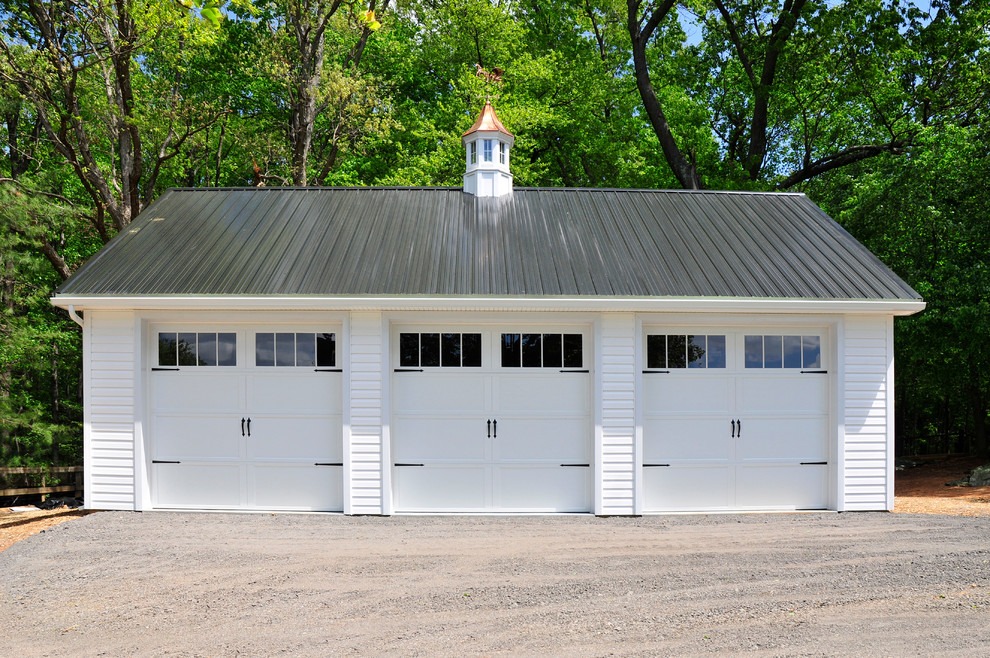Building a Separate Garage
It Feels Like Home!

Building a Separate Garage: Key Considerations and Steps.
Building a Separate Garage, constructing a separate garage on your property offers numerous benefits, including added storage space, vehicle protection, and increased property value. However, embarking on such a project requires careful planning and consideration of various factors to ensure a successful outcome. In this article, we’ll explore the key considerations and steps involved in building a separate garage.
1. Assess Your Needs: Before breaking ground, assess your needs and objectives for the separate garage. Consider factors such as the number and size of vehicles you need to accommodate, desired storage space for tools and equipment, and any additional functions the garage will serve, such as a workshop or hobby area.
2. Determine Garage Size and Design: Based on your needs assessment, determine the size and design of the separate garage. Consider factors such as available space on your property, local zoning regulations, and architectural compatibility with your home. Decide whether you want a single or multi-car garage, and consider additional features such as windows, doors, and insulation.
3. Obtain Necessary Permits: Check with your local building department to determine the required permits and regulations for building a separate garage on your property. Obtain all necessary permits and approvals before starting construction to ensure compliance with local building codes and avoid potential legal issues.
4. Develop a Budget: Establish a realistic budget for the garage construction project, taking into account factors such as materials, labor costs, permits, and any site preparation or landscaping required. Factor in additional costs for utilities, such as electricity and plumbing, if desired. Obtain quotes from contractors to help estimate costs accurately.
5. Hire a Qualified Contractor: Unless you have experience in construction, hiring a qualified contractor is essential for building a separate garage. Look for contractors with experience in garage construction, proper licensing, insurance, and positive references. Obtain detailed written estimates and contracts outlining the scope of work, timeline, and payment schedule.
6. Plan for Utilities and Amenities: Consider whether you want to include utilities such as electricity, plumbing, and heating or cooling systems in your separate garage. Plan for amenities such as lighting, electrical outlets, insulation, and ventilation to enhance functionality and comfort. Determine the location of utilities and amenities based on the garage design and layout.
7. Construction and Completion: Once construction begins, monitor progress closely to ensure work is proceeding according to plan and specifications. Communicate regularly with your contractor and address any issues or concerns promptly. Upon completion, inspect the garage thoroughly to ensure quality workmanship and compliance with building codes before finalizing payment.
Building a separate garage is a significant investment that requires careful planning and execution. By considering key factors such as size, design, permits, budget, and contractor selection, you can successfully construct a separate garage that meets your needs and enhances the functionality and value of your property. With proper planning and attention to detail, your new separate garage will provide years of convenience and utility.
